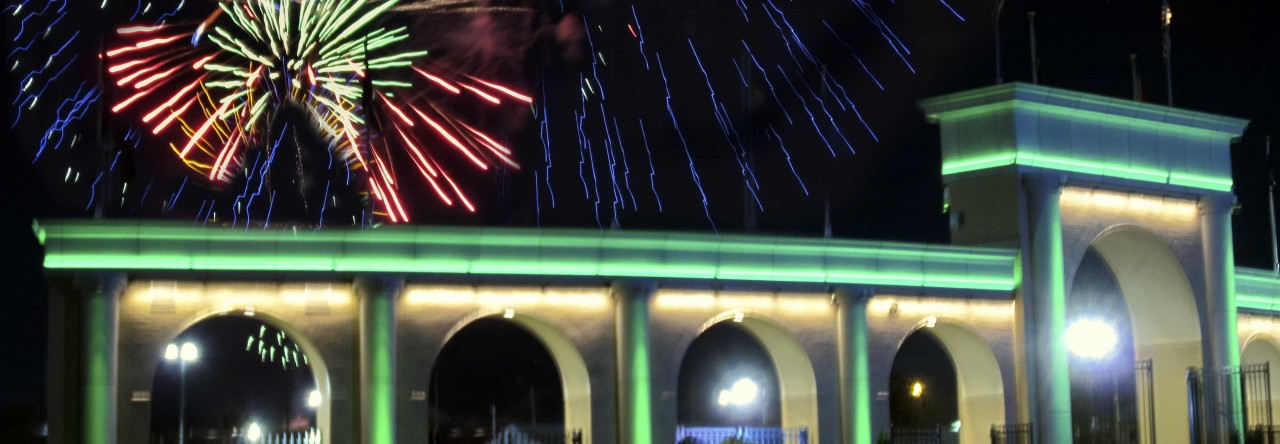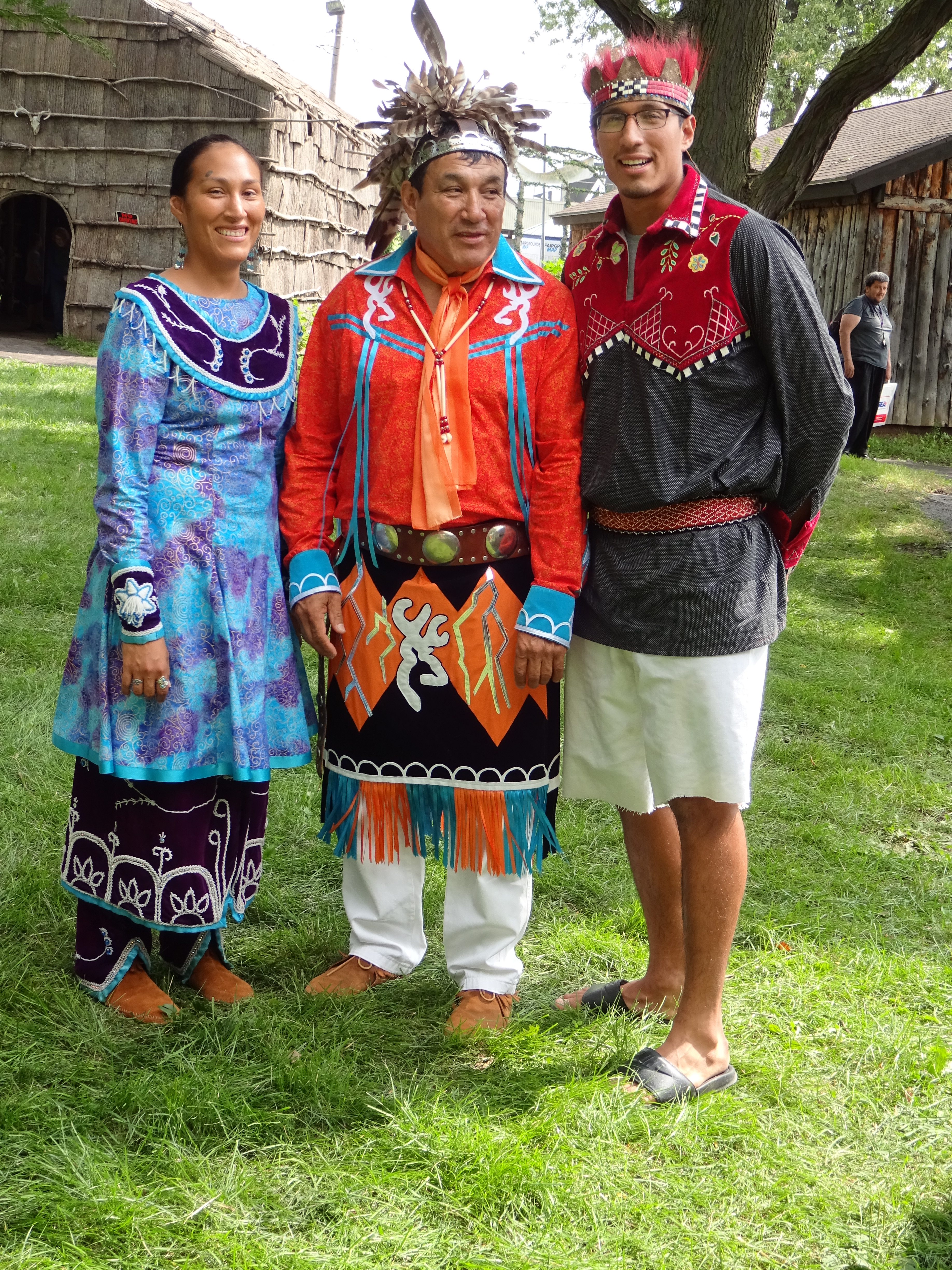Legend has it that famous catcher and coiner of witticisms, Yogi Berra once remarked about a New York night spot, “Nobody goes there anymore, it’s too crowded.”
After this year, you have to wonder if that fate could befall the New York State Fair, its own success becoming an obstacle to burgeoning popularity. Ironically, the Fairgrounds themselves aren’t really too crowded, it’s the limited roads leading in and the overstressed parking lots that are the problem.
The grounds themselves are remarkably spacious. 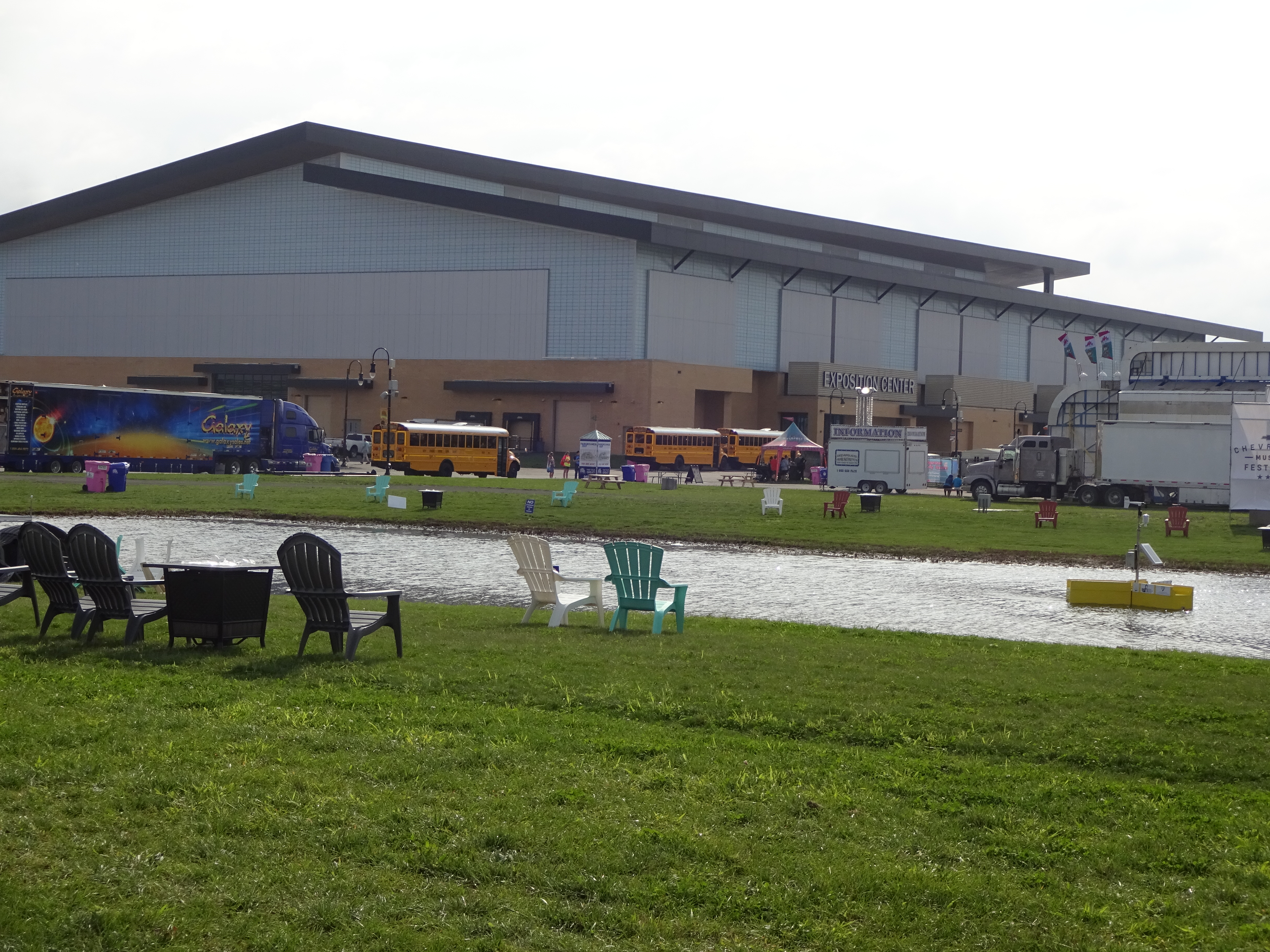 Even when the attendance exceeds 100,000, there’s space for walking, places to relax and eat and an impressive amount of green space. Since the demolition of the grandstand and track, modifications have made the entire Fairgrounds a tremendous facility.
Even when the attendance exceeds 100,000, there’s space for walking, places to relax and eat and an impressive amount of green space. Since the demolition of the grandstand and track, modifications have made the entire Fairgrounds a tremendous facility.
While it’s clear that the grounds can handle extremely-high attendance days, it’s equally clear that the access roads and parking areas can’t. The Fair relentlessly promotes the Centro Park-And-Ride system as an alternative and on typical days it’s a good choice. But if the traffic converging on the Fairgrounds is jammed up badly enough, the bus locations are also affected, sometimes disastrously.
Yes, the newly-paved orange lot was a monumental improvement over the old, pothole-laden dirt surface, even with its heavily-criticized narrow parking spaces. But we certainly learned on Sep. 1 that it wasn’t enough to prevent a mess.
If you sat in a traffic jam on Day 11, you have a right to be angry over the deeply- flawed–make that insane–decision to book a sold-out amphitheater show on a day that is always one of the busiest at the Fair. Hey Joanie (and successor), hey Live Nation–don’t be jerks. Don’t book a concert on the Fair’s most popular days, those around Labor Day weekend. It just makes a bad situation worse. Apply some common sense and give the amp the weekend off.
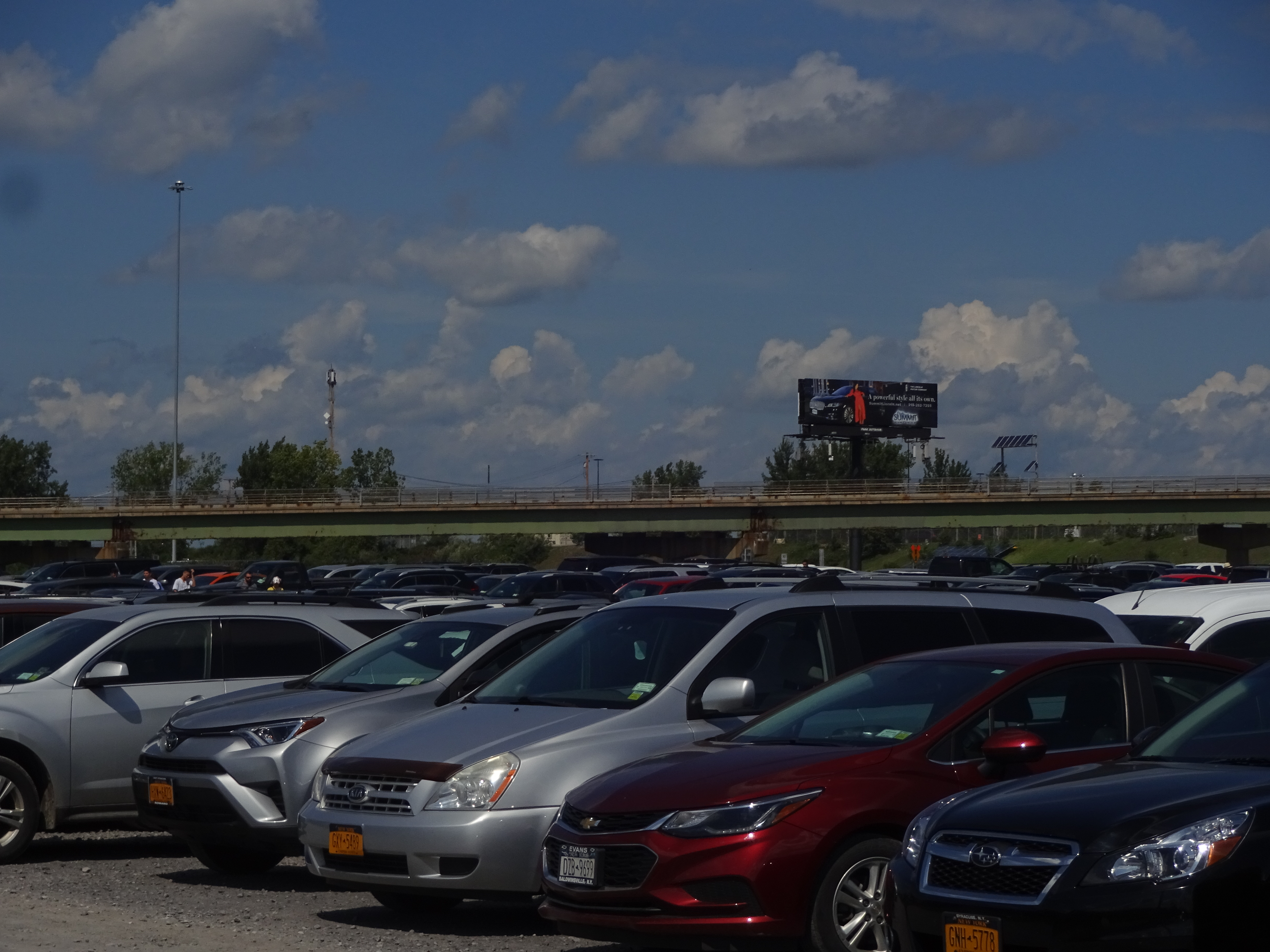 Given that you can essentially approach the Fair from east or west, not north (the lake, remember?) or south (just Bridge Street from Solvay), what else can be done?
Given that you can essentially approach the Fair from east or west, not north (the lake, remember?) or south (just Bridge Street from Solvay), what else can be done?
If you’re trying to time your approach to avoid the crush, you can access traffic cameras on the WeatherBug website, but they’re limited, sometimes pointed the wrong direction and essentially unreliable. There was a time years ago that the Fair website had camera feeds that could be accessed on the web. Since more information can only help, more cameras, easily accessed and feeding views of roads and parking lots would definitely help. In this day of high-tech, it’s something that can be accomplished.
Meanwhile, it wasn’t easy to get information on the flow into the Fair in real time. Spectrum News did more than anyone on that front, but how about posting more traffic news on the Fair website to advise motorists what they may face and how to best cope?
Supervising the operation of parking thousands of cars is tough, thankless work, so criticizing those who do it could be considered unfair. But it can be done better. The turnover of spaces–getting new arrivals into vacated spaces could be more efficient.
On non-Fair days, if you’re cruising I-690 west and take the ramp onto I-695 (Camillus Bypass) and drive toward Auburn or Camillus, you can sometimes see Fair-related vehicles parked in grassy areas off to the right. How much space is there and can some be made into additional parking? Worth a look.
In addition to the highly-visible railroad tracks along State Fair Boulevard, there are multiple tracks behind the RV park. There’s a lot of wooded area back there and it’s reasonable to assume that the property belongs to the railroad companies and that they aren’t anxious to give it up. Is there room for negotiation or a buyout that could make some of that space available to the Fair for traffic access or parking? 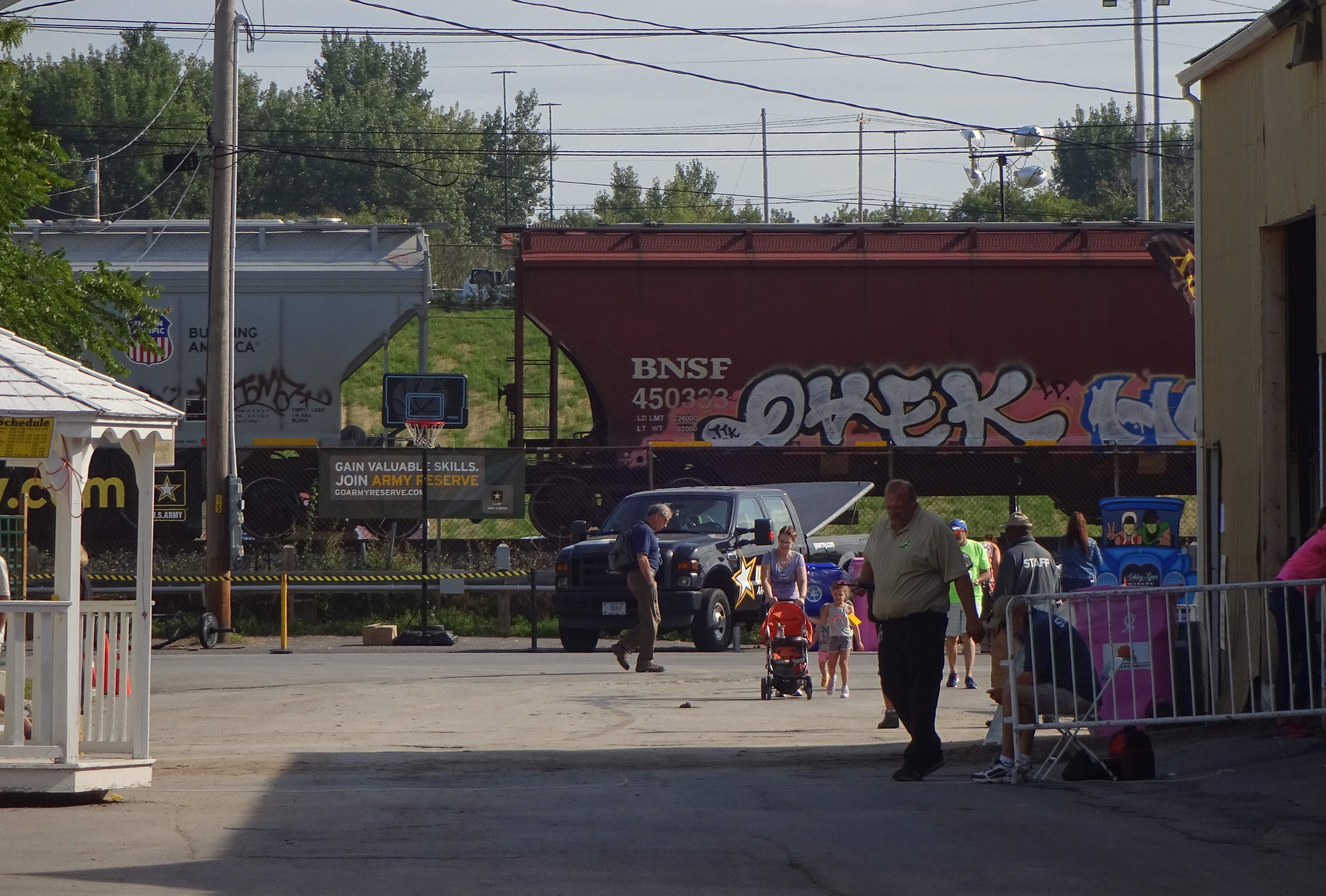
Speaking of trains, we know that visitors from out of town can arrive by rail at the platform back near the racing stables. Could there be local rail service arranged, at least for those critical 13 days, by which trains could transport patrons from downtown and Syracuse suburbs? This is an especially appealing idea as local service to Gate 11 could excite adventurous fans who may find bus service undesirable, but would enjoy a train trip.
Maybe some of these ideas are unrealistic, even crazy. OK, but there have to be changes. We don’t want to have Yogi’s words describing a Fair with traffic problems that are scaring off customers, keeping it from living up to its full potential.
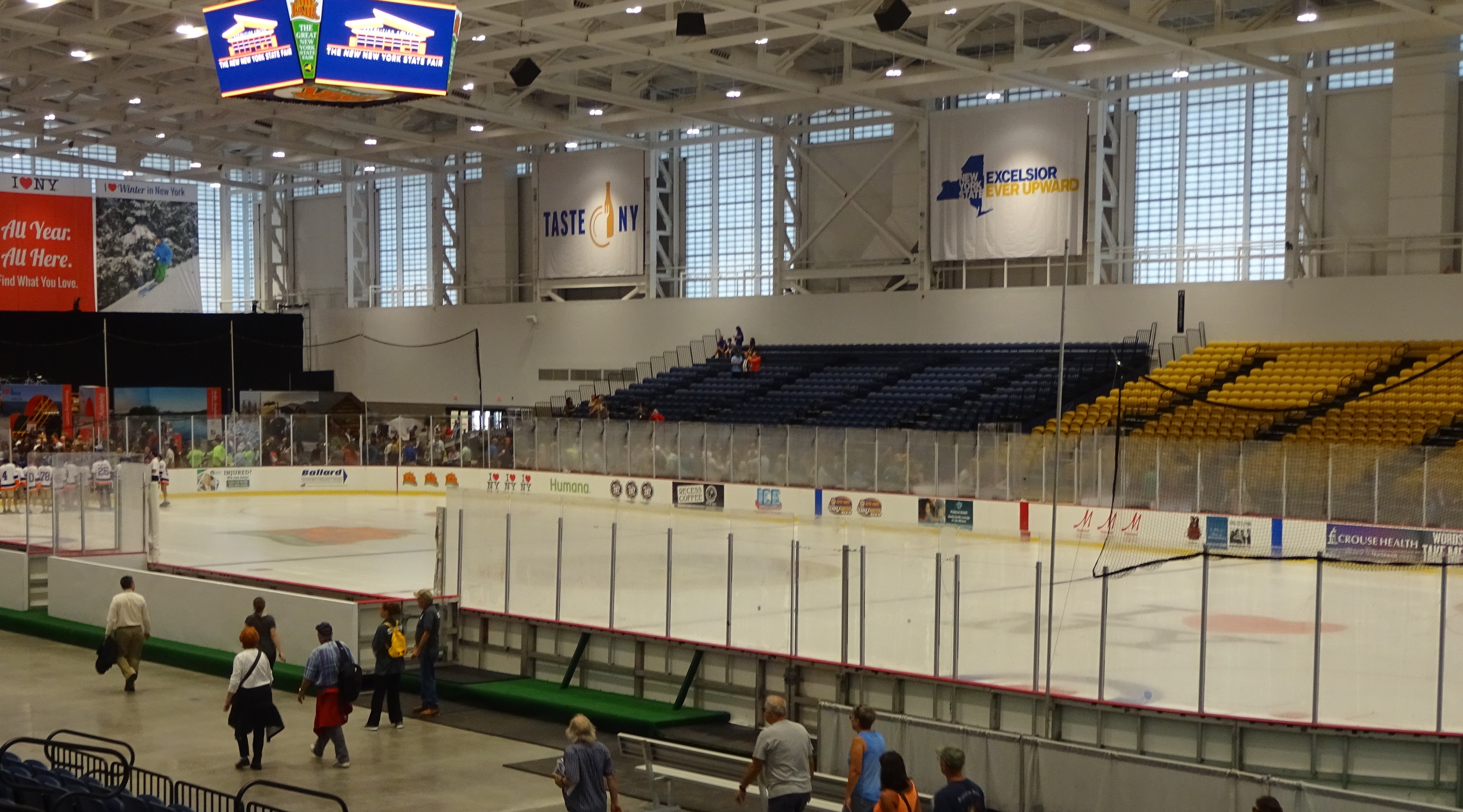
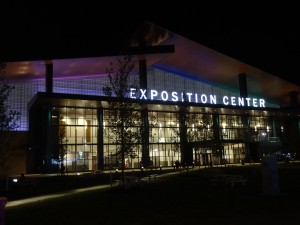 Next up will be the alpaca Show on Nov. 9-11, moving into the larger space after years in the dairy cattle barn. More on that event in a later post.
Next up will be the alpaca Show on Nov. 9-11, moving into the larger space after years in the dairy cattle barn. More on that event in a later post.